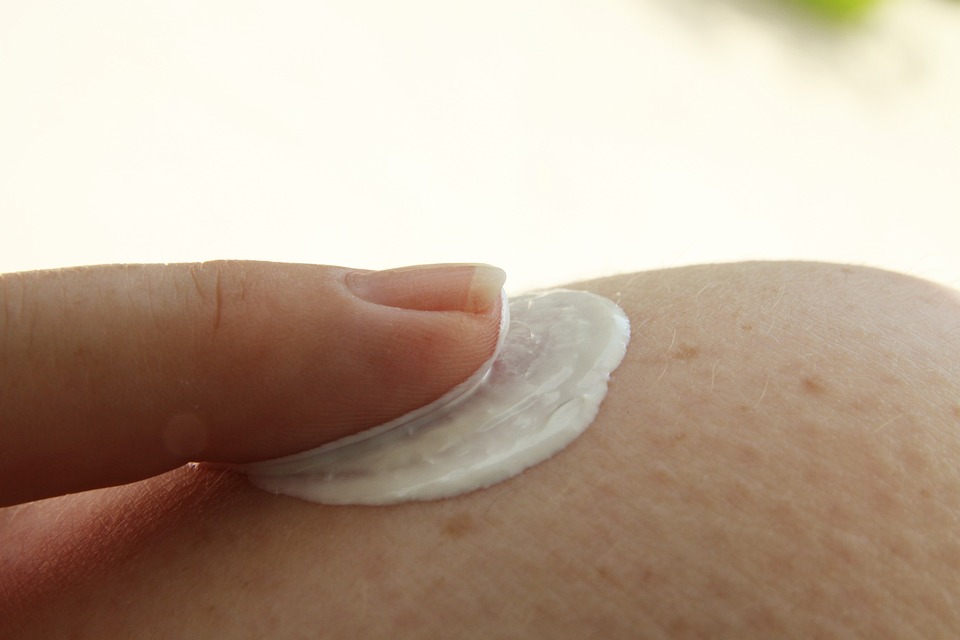As the sun starts to shine more brightly and warm weather beckons us outdoors, parents everywhere prepare for fun-filled days of play. However, with outdoor adventures comes an essential responsibility: protecting your little ones from the sun’s harmful rays. Sunscreen safety for kids is crucial for their health and well-being, as their delicate skin is particularly sensitive to UV exposure. Understanding how to choose, apply, and use sunscreen correctly can help safeguard your children’s skin for years to come.
Why Sunscreen is Important for Kids
Children’s skin is thinner, more sensitive, and can burn more easily than adult skin. In fact, research shows that just one severe sunburn in childhood can double the risk of developing skin cancer later in life. By taking sun safety seriously and instilling good habits early on, you can significantly reduce your child’s risk of skin issues down the road.
The Dangers of UV Rays
The sun emits two types of harmful ultraviolet (UV) radiation: UVA and UVB rays. While UVB rays are primarily responsible for sunburn, UVA rays penetrate the skin more deeply and can contribute to skin cancer and premature aging. It’s essential to choose sunscreen that offers protection against both types of UV radiation.
Choosing the Right Sunscreen
When selecting sunscreen for your child, consider the following factors:
-
Broad-Spectrum Protection: Look for a sunscreen labeled “broad-spectrum,” which means it protects against both UVA and UVB rays.
-
SPF Rating: Select a product with a minimum SPF of 30. Higher SPF ratings offer slightly better protection, but no sunscreen blocks 100% of UV rays.
-
Water Resistance: If your child will be swimming or sweating, choose a water-resistant sunscreen that lasts for at least 40 to 80 minutes.
-
Formulation: There are two main types of sunscreen: chemical and physical (mineral). Physical sunscreens containing zinc oxide or titanium dioxide are often recommended for children due to their lower risk of irritation and immediate effectiveness upon application.
- Allergen-Free: Opt for sunscreen free from fragrances, oxybenzone, and other potential irritants, especially if your child has sensitive skin.
How to Apply Sunscreen Properly
Applying sunscreen correctly is just as important as choosing the right product. Follow these steps to ensure effective protection:
-
Timing: Apply sunscreen about 15-30 minutes before your child goes outside to allow it to absorb properly.
-
Adequate Amount: Use enough sunscreen to cover all exposed skin. A good rule of thumb is to use about one ounce (the amount of a shot glass) for each application.
-
Even Coverage: Ensure even application, paying special attention to commonly missed areas such as the ears, back of the neck, and tops of the feet.
-
Reapply Regularly: Reapply sunscreen every two hours, or more frequently if your child has been swimming or sweating. Remember to check the sunscreen bottle for specific reapplication guidelines.
- Use Additional Protection: Sunscreen should not be the only form of sun protection. Encourage children to wear protective clothing, wide-brimmed hats, and UV-blocking sunglasses, and seek shade whenever possible.
Safety Precautions
While sunscreen is an essential part of sun safety, it’s important to be aware of a few safety precautions:
-
Age Restrictions: For infants under six months, it is generally advised to keep them out of direct sunlight and use physical barriers like clothing or shade rather than sunscreen. If needed, consult a pediatrician before applying sunscreen to very young children.
-
Patch Test: If you are using a new sunscreen, especially one containing active ingredients, perform a patch test on your child’s skin to check for any allergic reactions.
- Education: Teach your children the importance of sun safety and encourage them to apply sunscreen independently as they grow older. Help them understand why protecting their skin is important.
Conclusion
As summer approaches and outdoor activities become the highlight of family life, sunscreen safety for kids should be a top priority for every parent. By choosing the right products, applying them properly, and educating your children about sun safety, you can help ensure they enjoy all the fun the sun has to offer without compromising their skin health. Remember, a little preparation can go a long way in keeping your little ones protected and safe under the sun.
